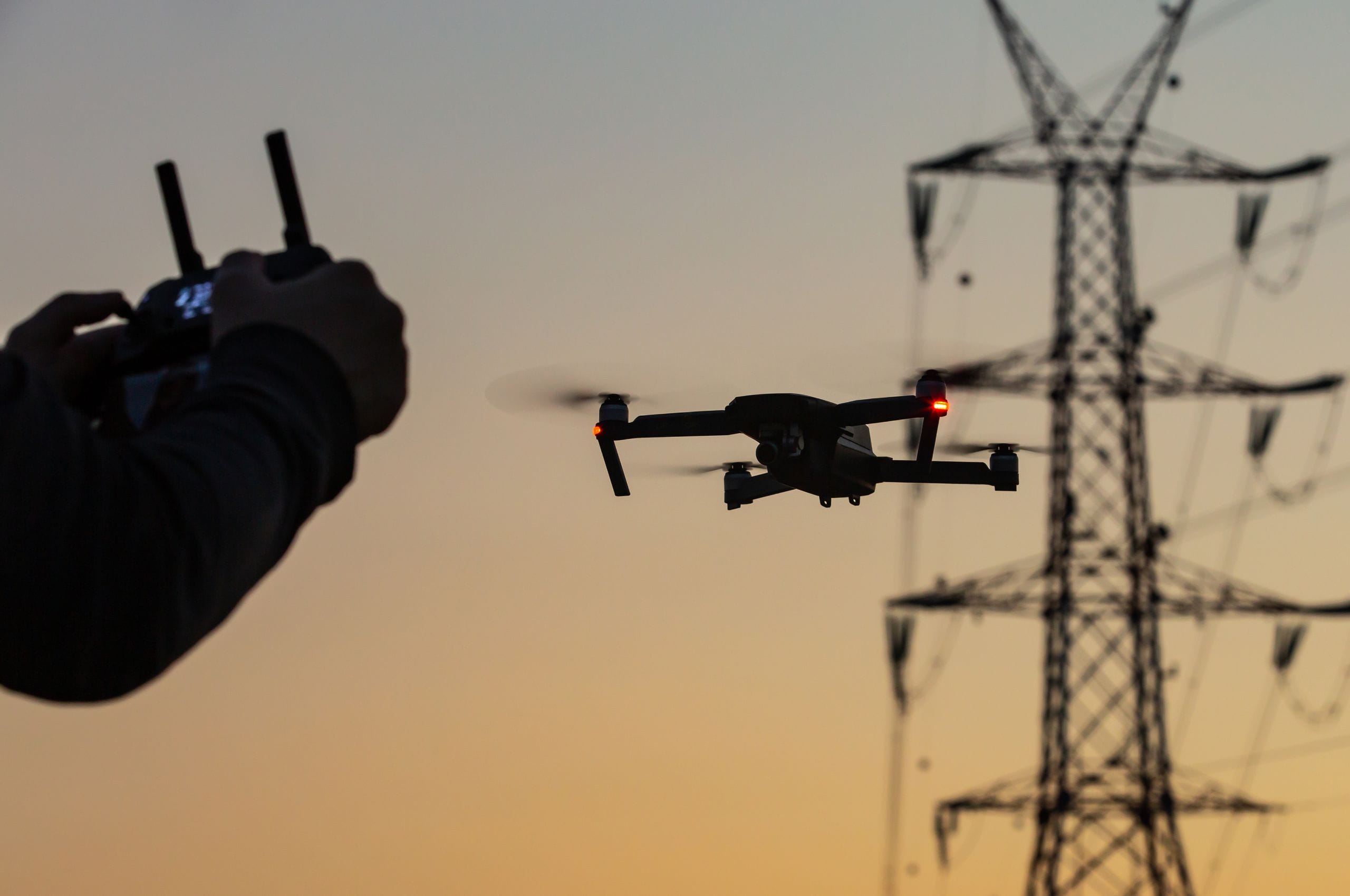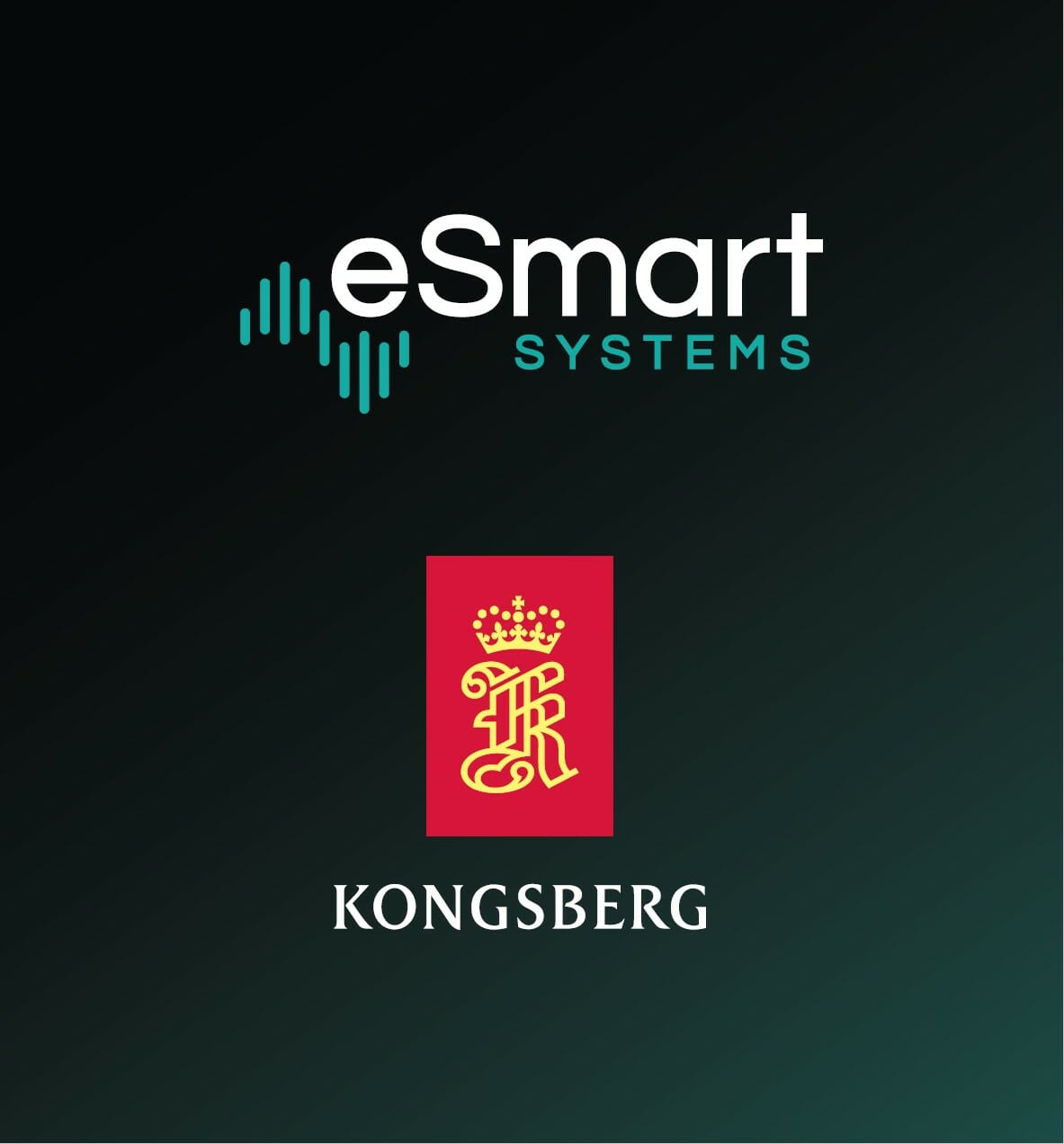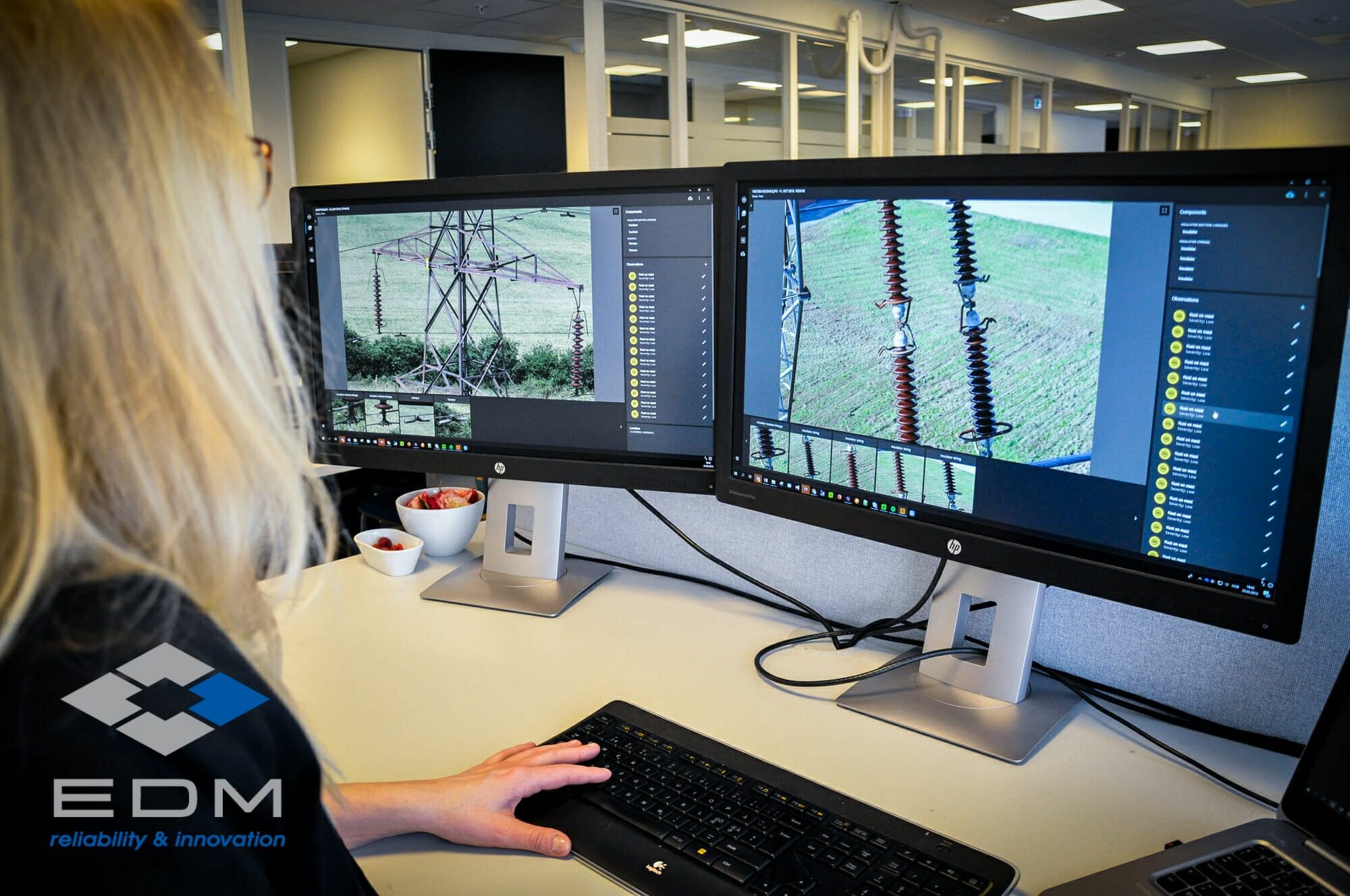A virtual inspection is an inspection that is carried out remotely away from the physical asset. Normally at a desk. The asset in this case is the power line, this includes the structure, components on and between the structures including the conductor cables. The virtual inspection is carried out by a subject matter expert who conducts a visual inspection of the assets. We have summarized the most common questions we get asked below.
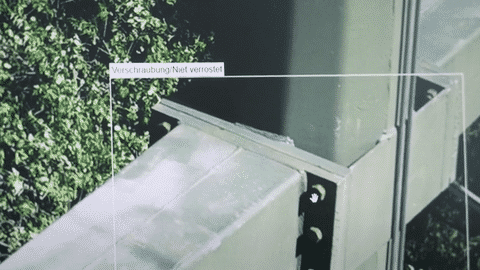
Why would I consider changing my inspection methods?
Traditionally, grid inspections are conducted by engineers out in the field on foot, on a pair of skis, by helicopter or other means of transportation. To get close enough to be able to examine the assets, it is necessary to climb towers and get closer to critical equipment than most of us would be (and should be) comfortable with. Not only are these methods very dangerous and physically demanding for the brave individuals who work in the field, it is also time-consuming, subjective and inefficient for the grid operators.
What types of inspections can you do virtually?
A virtual inspection can be performed for routine and detailed inspections. It is a process change where you are removing the inspection from being conducted out in the field to being conducted from behind a desk.
What types of data are used in a virtual inspection?
In this type of inspection, the subject matter expert can use images from still photography but can also use video, 3D reconstructions, infrared, LIDAR and UV sensor data.
Which infrastructure can a virtual inspection be applied to?
For grid inspections a virtual inspection can be applied to High Voltage(HV), Medium Voltage(MV) and Low Voltage(LV) power lines.
How is the data captured for a virtual inspection?
There are various methods for collecting data for a virtual inspection and the technologies and methods are growing each day. Currently, image capture most typically is performed by unmanned aircraft (drones), but can also include helicopters, vehicles, and ground crew with mobile devices. The method is dependent on the utility’s strategy, budget, terrain of the grid and regulations.
How is the inspection conducted?
There are various methods that utilities globally are adopting. The method and tools you use are dependent on budget, strategy and your end goal. Below are examples of how different utilities are conducting virtual inspections:
- View the captured data on their PC, manually looking for any defects based on a defect catalogue.
- Building in-house customized solutions to support the viewing of images and identifying defects.
- Using out of the box inspection software ranging from basic platforms for viewing images to advance inspection software with built-in inspection workflow supported by AI.
Does a virtual inspection replace routine and detailed inspections?
No! A virtual inspection is another method in your inspection toolbox and does not replace all inspection methods due to various factors including:
- Perspective of the image taken may not show certain defect types on the structure.
- Certain inspections can only be done in-person, for example checking foundations of structures or checking for rot.
- Currently you cannot accurately measure from just an image. But there are new technologies being developed to enable this.
Questions you should be asking when transitioning to virtual inspections
We know how difficult it can be to know what questions to ask when speaking to a vendor or your in-house team when considering the transition to virtual inspections. So we have made a list of things that get missed:
- Have you got the right data capture methodology?
- Will the images you capture work for the software you are using and for the virtual inspector?
- Have you got the right virtual inspection software?
- How will you process all the images you capture?
- Can you utilize your inspection results beyond the inspection?
- What is your strategy for the visual data you are collecting in the field? If you are collecting and paying for it, you should be using it.
- How will you future proof your investment?
Final thoughts
If you apply a virtual inspection to just replace your routine inspection cycle that is a great start and will definitely improve your safety, and give you a great inspection report. You can repeat and rinse this method over and over but it is still based on time and you would be missing out on the bigger return on investment.
If you involve your wider asset management team from the beginning and focus on linking the program to your overall process and the flow of visual data, you will see a bigger return on the program. Doing it right can see you transition from time-based to risk-based inspections and key decision making. If you are investing in collecting data in the field, make it count and work for your business.
If you would like a discussion with our experts on AI or how it can be applied to your inspections, contact us today!
Share article
Latest News & Resources
-
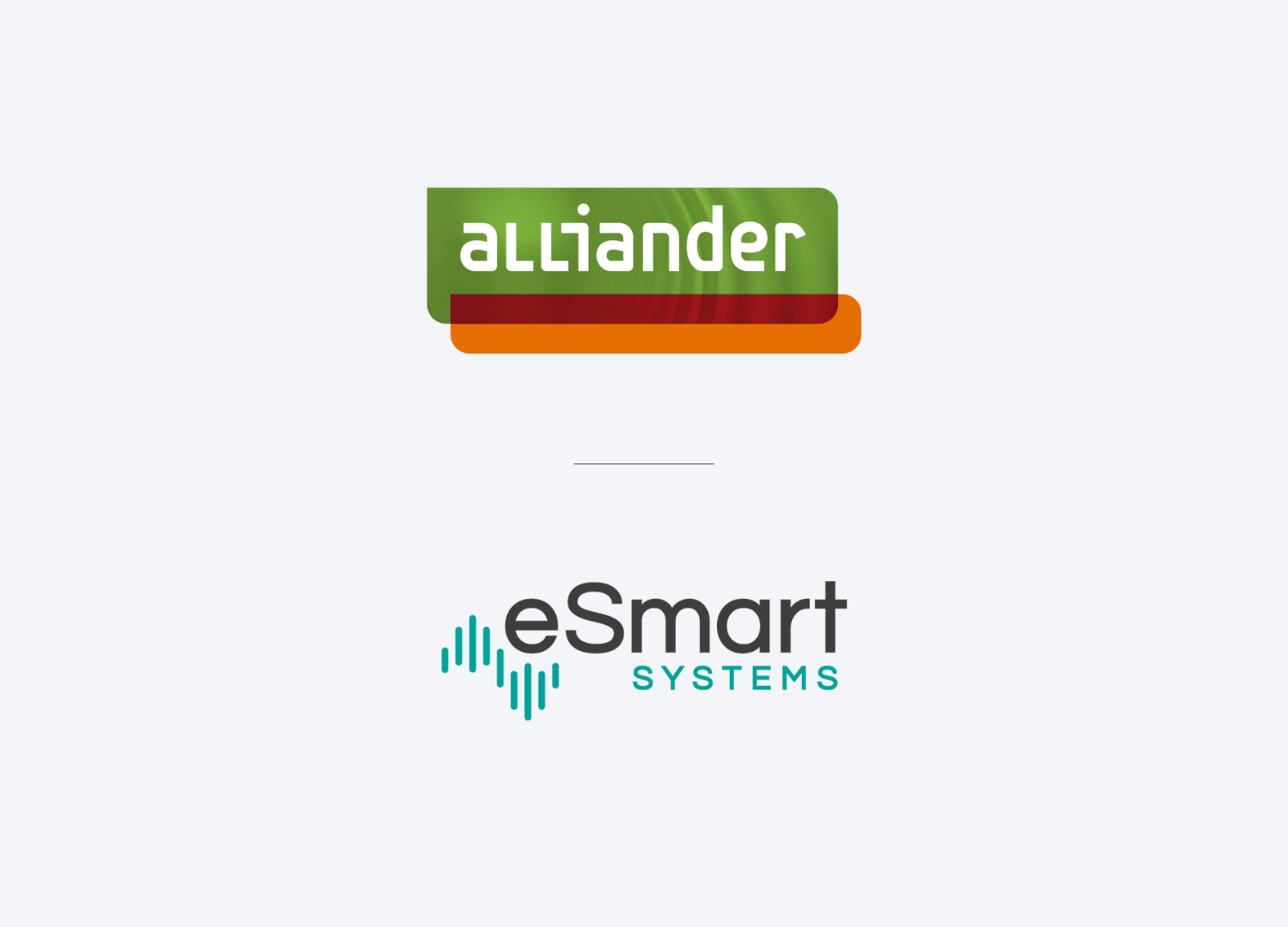
eSmart Systems signs a multi-million euro contract with Alliander, the leading energy network group in The Netherlands
eSmart Systems, a global leader in AI-based solutions for -
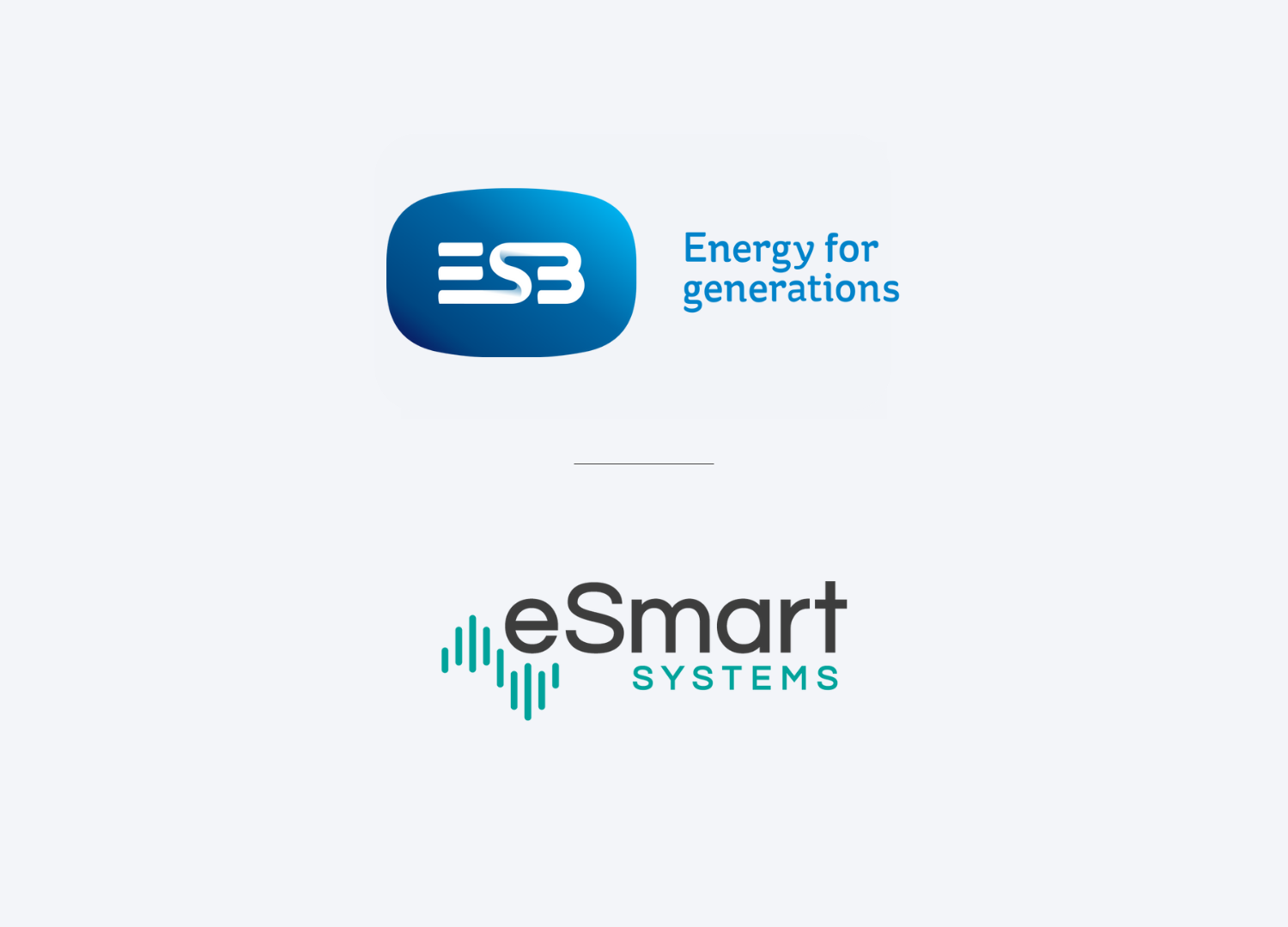
ESB is going virtual with their infrastructure inspection program
This program aims to digitalize the inspection process and improve -

eSmart Systems signerer storkontrakt med ledende energileverandør: – En viktig milepæl
Norske eSmart Systems, en global leder innen AI-baserte lø
